
10 Anti-Drone Weapons Used by the U.S. Military
Unmanned aerial vehicles (UAVs) have become popular in commercial and leisure activities. Unfortunately, the growing use of commercial drones has violated the safety of the majority. Rogue drones are of particular concern, as these can endanger airports, critical infrastructure, high-profile events and even manned aircraft operations.
As a result, the global anti-drone market is expanding rapidly, with a value of $1.4 billion in 2022 and an expected growth rate of 28.1 percent by 2030. Governments worldwide are actively working to find solutions to ensure safety. Congress, for example, is exploring anti-drone weapons to counter these UAVs.
Here, we will explore several contracts the Department of Defense issued to create more advanced and innovative technology to counter drone weapons.
Why Anti-Drone Weapons Are Important
The Federal Aviation Administration (FAA) supports promoting and expanding advanced drone mapping and technology with mapping, tracking and detection-finding capabilities. From 2016 to 2019, airline pilots saw more than 100 drones in a month, where some were spotted near airports and passenger planes, which is a significant safety concern.
Aside from these, Homeland Security and law enforcement agencies also uncovered incidents where drones were used to transport illegal drugs across borders, drop contraband into prison yards and even engage in industrial espionage.
These drones have various sensors that can record videos and radio anytime and anywhere. The few anti-drone weapons being used are the following:
- Drone radio signal jammers that disrupt the GPS or control signals of the drones
- Spoofers that manipulate GPS signals from drones
- High-energy lasers with electricity to destroy drones
- Anti-drone gun with a highly accurate targeting system that can quickly locate and disable drones in flights
Learn how the Department of Defense is addressing drone threats and opportunities at the 2026 Defense R&D Summit hosted by the Potomac Officers Club on Jan. 29. Register now for your chance to meet and learn from the nation’s top defense experts.
What Is Counter-Drone Technology?
In the U.S., regulations prohibit most civilians from interfering with drone operations. However, counter-UAS technology has become essential in the government and military. Counter-drone technology is designed to detect, classify and address drones and unmanned aerial vehicles. This can be divided into two main methods: drone detection and drone mitigation/interception.
Drone Detection
Drone detection consists of technologies that help identify the presence of drones. Some detection technologies include:
- Thermal imaging: Thermal imaging cameras are excellent for detecting small, fast-moving objects at low altitudes. They can detect heat signatures of a drone’s motors and batteries, enabling law enforcement officers to track and identify the UAV even in challenging conditions. Also, thermal imaging cameras can identify UAV operators by detecting the heat signature of a person’s body. This can help locate the drone’s operator.
- Radio frequency systems: RF sensors that detect drones operate within the 70 MHz to 6 GHz frequency range. They capture information such as the drone’s make, model, serial number, current location and the pilot’s location. Radio frequency technology is cost-effective, as it can detect the drone and its controller and track multiple targets over long distances. However, it may struggle to detect drones flying inertially, but this can be overcome by incorporating illuminators like pulse radars.
- Acoustic methods: Acoustic sensors have an advantage over radio frequency analyzers because they can detect any drone within the electromagnetic spectrum’s near-field, including autonomous drones that don’t rely on radio waves. These sensors extract and classify acoustic features to detect drones, estimating rotor speed and altitude even if the drone is out of sight.
Drone Mitigation/Interception
Drone mitigation and interception focus on technologies that repel or intercept drones. Some examples include:
- Interference signals: Anti-drone guns with multiple frequency bands (GNSS, 2.4G, and 5.8G) can disrupt drone communication and GPS navigation, forcing the drone to land or divert its course.
- Netting systems: This is a non-lethal way of using nets to capture drones in mid-air.
- Shooting: Shooting down drones has consequences, including potential charges of reckless endangerment or violating firearm discharge laws. The individual responsible may also be liable for civil damages to the drone’s owner. However, the U.S. Navy has successful tests on a laser weapon system to shoot down drones.
- Trained eagles and falcons: Some use these birds of prey to disable or intercept the drone.
- Kinetic countermeasures: These refer to “hard kills” and involve physically damaging the drone or knocking it to the ground.
10 Effective Anti-Drone Weapons
Here’s a list of some of the anti-drone weapons the Department of Defense has invested in the last few years:
Vehicle Agnostic Modular Palletized ISR Rocket Equipment (VAMPIRE)

U.S. Department of Defense awarded a $40 million contract to L3Harris Technologies to deliver 14 anti-drone weapon systems to Ukraine’s security forces. The Vehicle Agnostic Modular Palletized ISR Rocket Equipment (VAMPIRE) kit allows ground forces to target and shoot 70 mm laser-guided rockets to enemy drones.
These VAMPIRE kits are portable and can be installed on various vehicles with cargo beds to facilitate the launch of advanced precision kill weapons systems (APKWS) and laser-guided munitions.
Timeline of VAMPIRE kits
- 2021: L3Harris first developed and field-tested the VAMPIRE system and submitted an advanced prototype to the U.S. Department of Defense.
- 2022: L3Harris continued range and durability tests of the system and submitted an advanced prototype to the U.S. Department of Defense.
- 2023: The units were delivered to Ukraine by mid-2023 to defeat Russian drones.
Discover how DOD is helping C-UAS technologies survive the “valley of death” and reach the battlefield at the Potomac Officers Club’s 2026 Defense R&D Summit on Jan. 29! Gain actionable business intelligence at the “Crossing the Valley of Death and Ready to Fight on the Far Side” panel discussion featuring top Pentagon officials and industry experts. Sign up today!
Smash 2000L Optics
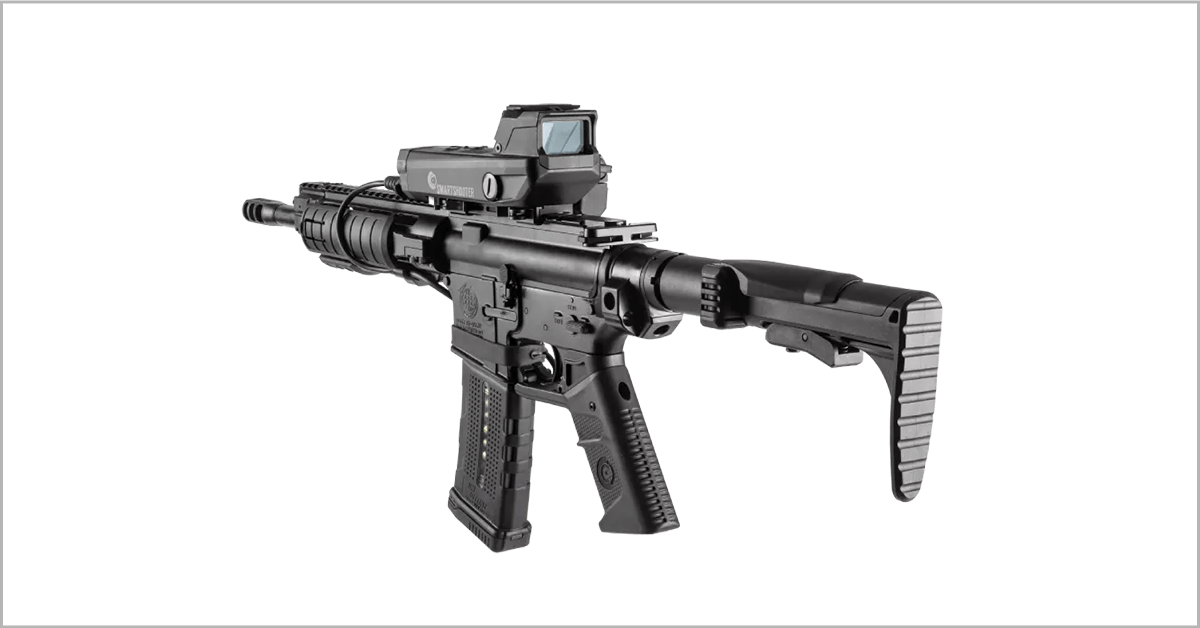
Smart Shooter, an Israel-based company, won a contract from the U.S. Army to supply their Smash 2000L optics for small arms and rifles for the counter-UAS program. This system allows users to precisely and accurately target small drones by using artificial intelligence, assisted vision, and advanced algorithms.
The optics weigh around 1.5 pounds, less than half the previous model’s weight. Additionally, Smart Shooter will enhance it to provide up to eight times magnification for the Irregular Warfare Technical Support Directorate, which serves the U.S. Department of Defense and interagency customers.
DroneGun Tactical

DroneShield is a company from Australia and the U.S. focusing on technology to counter drones. The company recently received a contract order from the Five Eyes Community to supply anti-drone guns. The DroneGun Tactical is used to counter unmanned aircraft systems (UAS).
DroneShield’s DroneGun is hand-operated with long-range capability, with antennas designed like a lightweight, steady rifle. It offers a safe way to counter various UAS threats, such as drones, without causing any harm to commonly used drone models or the surrounding environment.
Lattice System and Sentry Tower

Anduril Industries was awarded a nearly $1 billion contract by Special Operations Command (SOCOM). As a partner of SOCOM, Anduril’s systems, powered by the Lattice operating system, include the Sentry tower and Anvil small unmanned aerial system. Additionally, the company incorporates top-quality third-party sensors and effectors to create a comprehensive defense strategy against drone threats.
The Lattice system autonomously detects, classifies and tracks targets on the battlefield, alerting users to potential threats and presenting solutions to engage and eliminate them. The Sentry tower consists of radar and optical sensors embedded in computing cores capable of processing data using machine learning algorithms for threat detection, identification and tracking.
Mjölnir
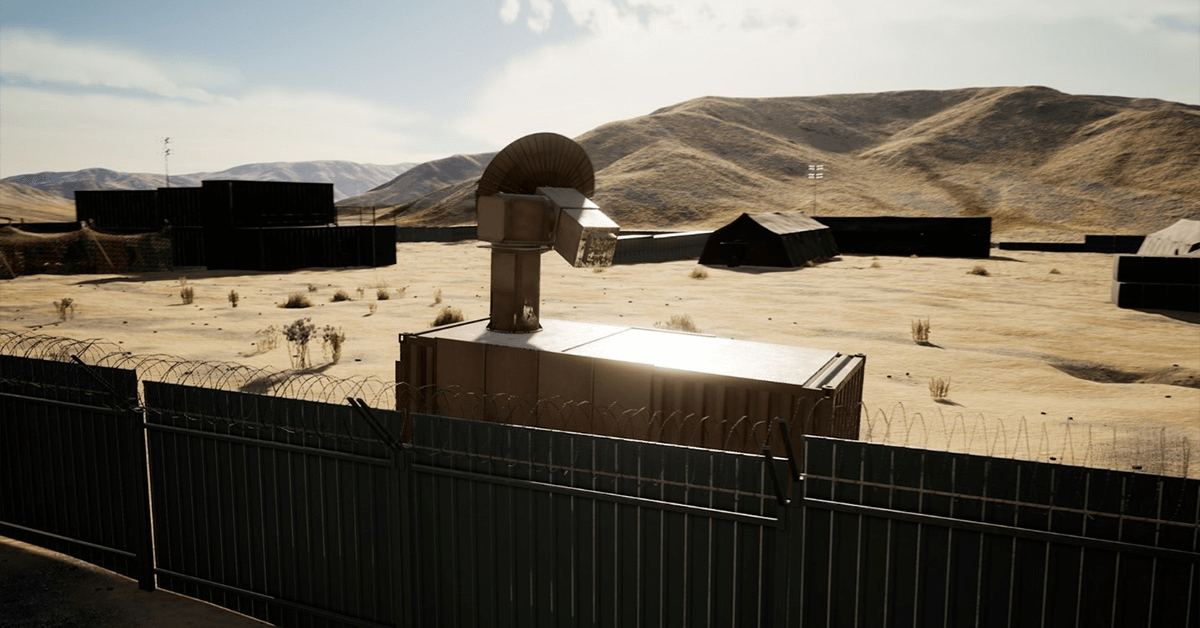
The Air Force Research Laboratory successfully tested a new THOR weapon designed to disable a large group of drones. THOR uses powerful bursts of microwave energy to bring down small unmanned systems. The military has eagerly followed its development and gained attention outside the armed forces.
In 2021, the Air Force Research Laboratory announced they were working on a successor to THOR called “Mjölnir,” named after Thor’s famous hammer in Norse mythology. Leidos was chosen in 2022 to build Mjolnir, which will incorporate the same technology as THOR but with improved capability, reliability, and manufacturing readiness.
Mjölnir demonstrated a 90 percent effectiveness rate during testing, but Leidos expects further adjustments to increase it to 100%. The weapon detects approaching drones early on, allowing for analysis of their threat. It then uses bursts of microwave energy to disable drones operating in swarms.
Mjölnir is conveniently stored in a single cargo container, making it easy to deploy on the ground or transport using Air Force cargo planes. Setting it up takes only three hours with the assistance of two people, and operating it requires minimal training. Additionally, it can draw power from a regular wall plug to eliminate enemy UAVs.
Silent Archer
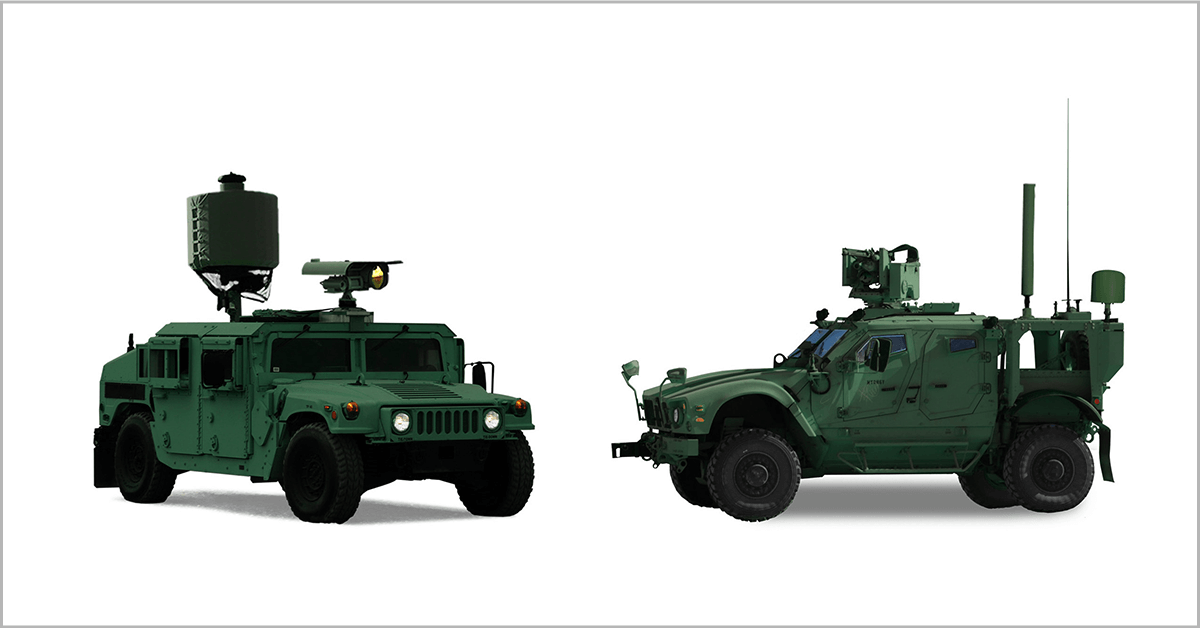
Low-flying small drones, including commercially available quadcopters, are challenging to detect and can avoid radar. An Army report on small drones, which is not classified, highlighted the growing threat posed by these unmanned aerial systems (UAS). There are over 600 different types of small drones being used in more than 80 countries. The Islamic State has employed small drones in conflicts in Iraq and Syria.
The U.S. Army awarded SRC a $108 million contract for their anti-drone technology called the Silent Archer counter-UAS system. This system is designed to counter small, slow, and low-flying drones, which pose a growing threat to the US Armed Forces worldwide.
SRC supplied additional systems like radar and electronic sensors to identify, track, and defeat small enemy drones. Initially, the Army had ordered 15 sets of these counter-drone systems in 2017 under a $65 million contract. Later, in April 2018, the Air Force also awarded a $57 million contract for the same systems.
Multi-Environmental Domain Unmanned Systems Application (MEDUSA)
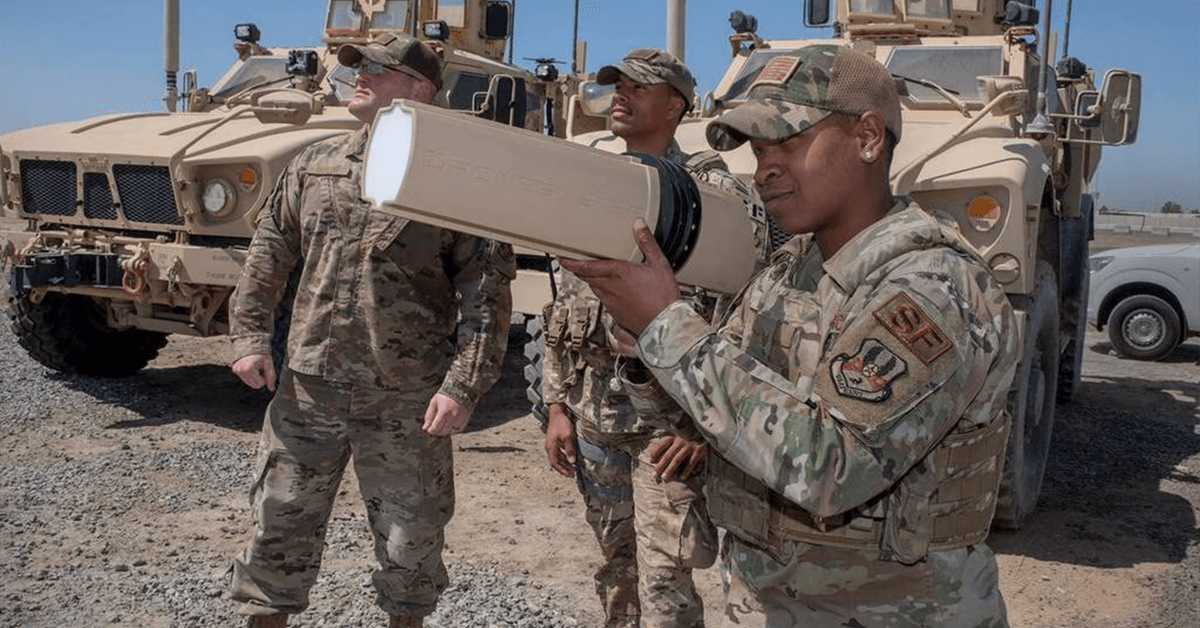
The military has been facing difficulties in dealing with small drones, also known as sUAS (small Unmanned Aerial Systems). These drones are hard to spot and are available for purchase by the public, making them a threat to military installations.
The U.S. Air Force has given a $90 million contract to SRC Inc. to create and provide counter-drone systems for protecting important military installations. The MEDUSA system combines various components and technologies to detect and disable small drones.
The aim is to develop a system that can quickly be deployed to areas with a significant drone threat to military personnel or resources. The ADAB test base is working on this project and will continue to develop the plan for counter-small drone operations in the future.
Ku-band Radio Frequency Sensors (KuRFS) and Coyote Effectors
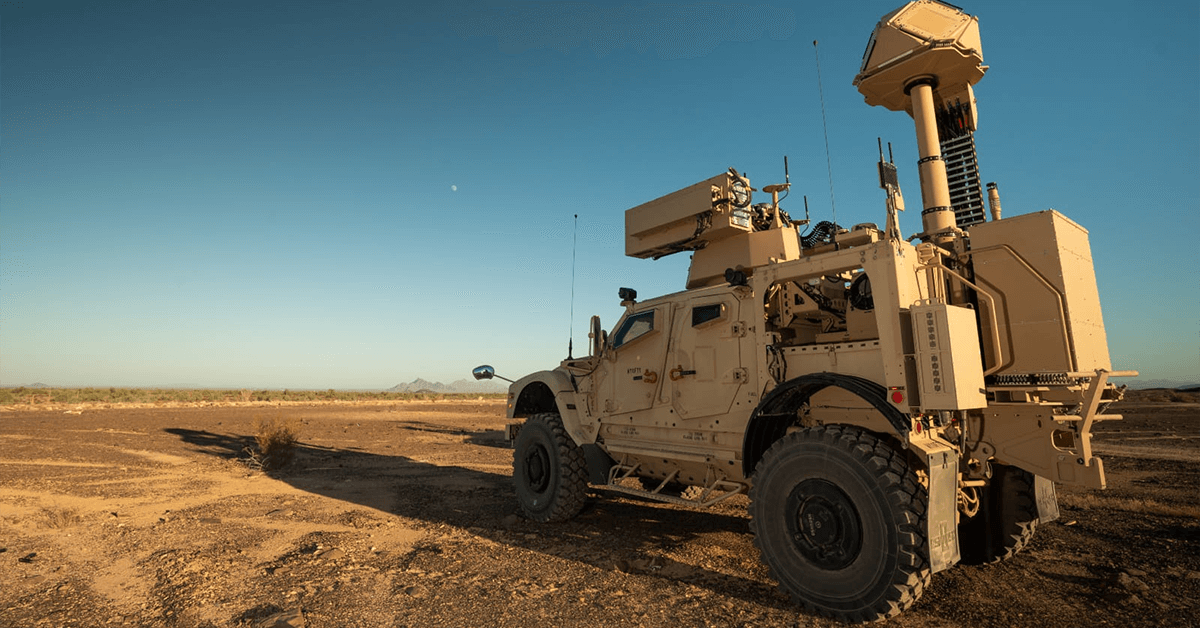
Raytheon Technologies was contracted by the U.S. Army to provide Ku-band Radio Frequency Sensors (KuRFS) and Coyote missiles to help the army detect and defeat unmanned aerial systems (UAS).
The KuRFS technology consists of two types of radar: precision targeting radar and scaled Ku720 mobile sensing radar. These radars can detect, identify and track airborne threats within a range of up to 60 kilometers.
Raytheon’s KuRFS and Coyote missiles are part of the US Army’s integrated defeat system called LIDS, which is used to counter low, slow, and small unmanned aircraft. The KuRFS system offers 360-degree threat detection capabilities, while the Coyote missiles are cost-effective and can take down drones.
Raytheon claims their Coyote missiles are designed to intercept and disable hostile drones. They can defeat single drones and groups of drones of different sizes and maneuverability, even at higher altitudes and longer distances than similar systems.
Leonidas
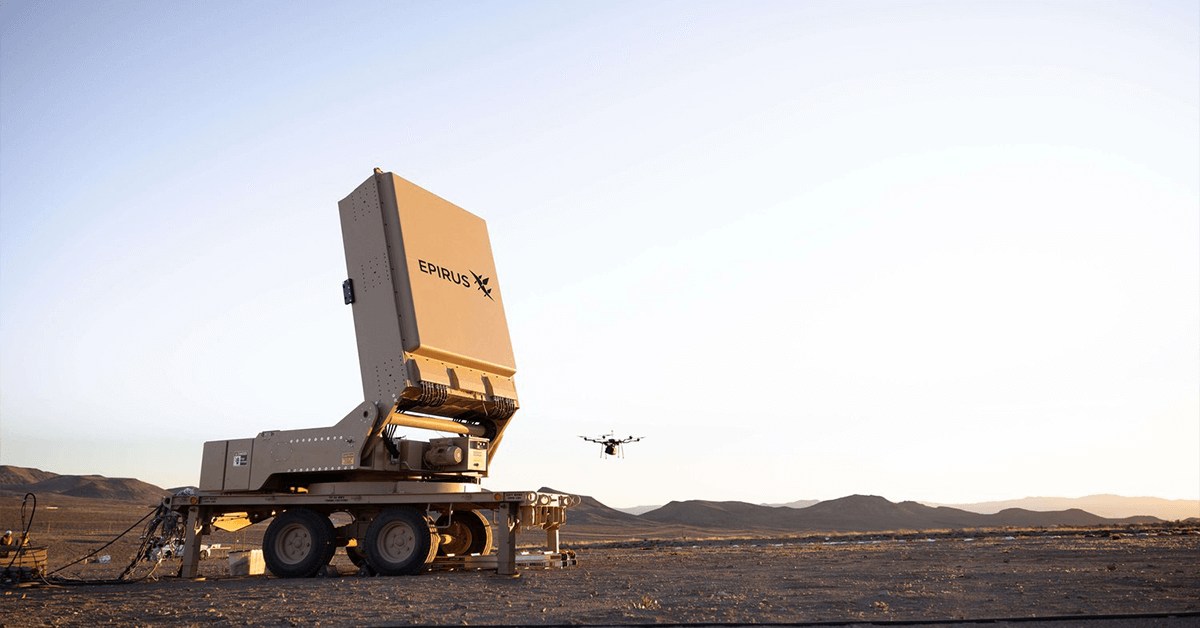
Epirus, Inc. was contracted by the Army’s Rapid Capabilities and Critical Technologies Office (RCCTO) to create prototypes of their Leonidas high-powered microwave short-range air defense system.
Leonidas is an advanced system that uses high-powered microwave technology to disable or neutralize individual drones in tight spaces or multiple threats over a wide area. Epirus has developed a groundbreaking method of directing microwave energy, which provides exceptional anti-electronic effects, reduces the size and weight of the system and gives operators more control and safety.
The system can be mounted on a gimbal to enhance maneuverability and deployed at military bases or alongside mobile units for quick response. It can precisely target a single drone, create a microwave barrier to stop a swarm and protect specific areas from aerial threats.
It can also adjust its settings to allow friendly drones to operate while eliminating hostile ones nearby. It’s easily scalable and adaptable and incorporates safety features to prevent harm to people in designated safe zones.
Titan
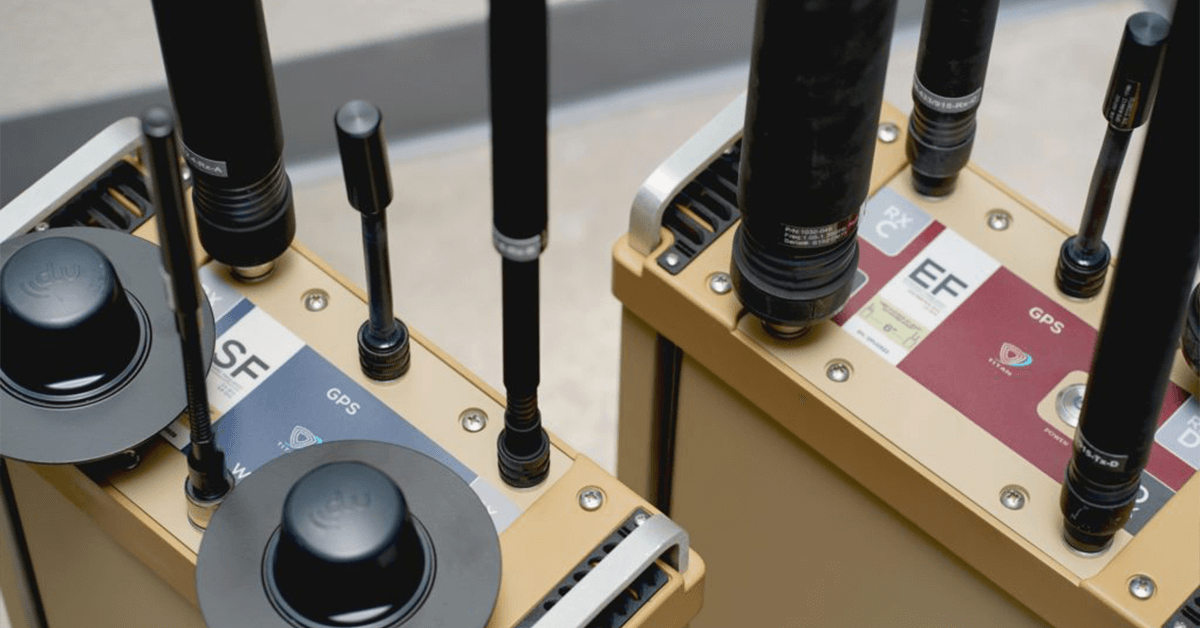
BlueHalo’s Titan has received a $24 million contract from the U.S. Department of Defense to supply multiple Titan Counter Unmanned Aerial Systems (C-UAS) systems.
Titan systems are for pre-deployment activities, mobile security, protecting fixed sites, and conducting operations on foot. The C-UAS system provides operators with immediate awareness of their surroundings and helps protect them on the battlefield within under five minutes.
Titan’s C-UAS solution is powered by artificial intelligence and machine learning technology and utilizes Radio Frequency (RF) technology. The DOD has selected it as a Program of Record (POR) capability.

Category: Articles




